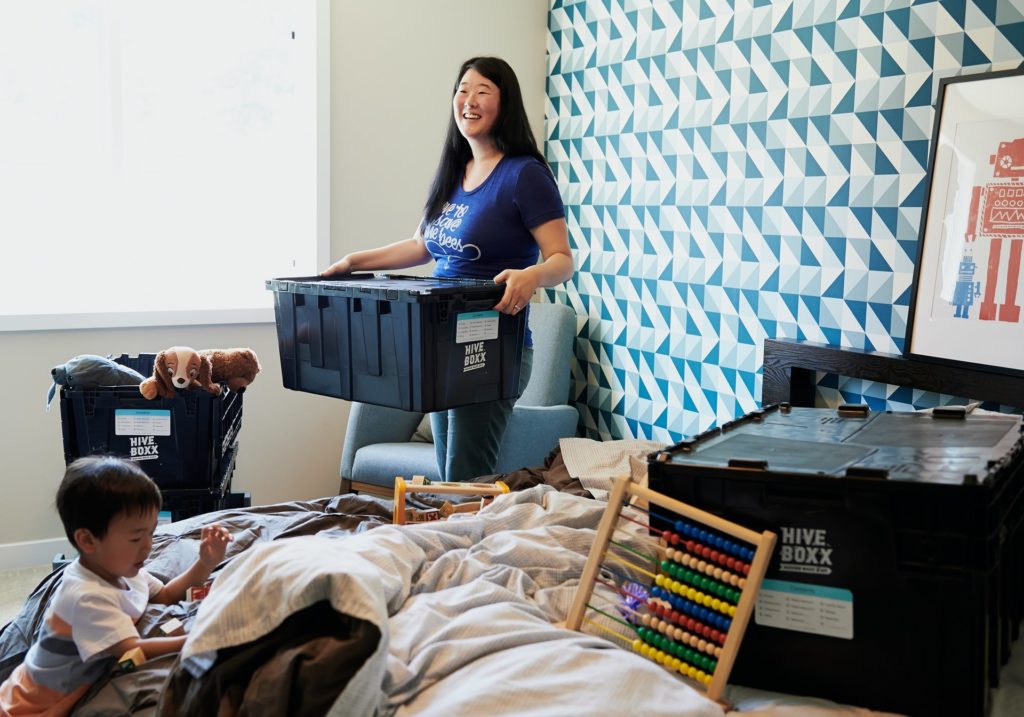Relocating to a new home can be overwhelming without proper planning and research. This is especially true if this is your first time. There’re a lot of things to consider, and that’s even when you’re single. Moving with a family is a whole other ball game.
The process involved in moving is dependent on where you’re moving to, i.e., a new home, another city, state, or country. It also depends on the volume of possessions you intend to carry along. There are, however, some basic things you can’t afford to ignore when preparing to move. Read below to find out more.
1. Research your new location.
Acquire as much information as you can concerning the new location. You could benefit from information on local laws and taxes, the cost of living, and proximity to necessary social amenities.
You might also need to rent out a storage unit to keep some of your belongings. Google is your friend in this respect. For example, if your new home is in Newark, New Jersey, a quick online search for storage units for rent in Newark will likely bring up many options.
Alternatively, companies like US Self Storage offers an array of storage services around the United States. They’re the one-stop site for booking and shopping vehicle storage spaces and self-storage units.
Thanks to their partnership with giant storage facility companies in the United States of America (USA), Canada, and Puerto Rico, they give consumers the chance to compare prices and facilities at over 7,500 locations. They also have 2,000,000 vehicle parking storage spaces and self-storage available.
2. Notify subscription companies in advance.

One month before the move, try to contact the telephone and internet company that you have contracted. Request a change or transfer of address so that you can use the same phone number in the new address, as well as the same internet connection.
Fifteen days before you move, try to transfer the electricity, water, and electricity contract so that when you arrive at the new address, all these services are working. Typically this can be done over the phone or online. Also, don’t forget to notify the bank of the change of address.
3. Prepare a plan and organize days before your move.

Start planning days or weeks ahead. Determine how you want to pack your belongings. Separate those you intend to give away, destroy, leave behind, and most importantly, take along with you. The sooner you begin, the better. You may have more items in places you don’t immediately recall and so starting early gives you the chance to visit every nook and cranny of your home and fetch all you need.
Don’t stock up on new food and household items. Secure your moving boxes, boxing tape, and markers for labeling. Also, detail the planning and organizing steps you may like to take.
Be sure to secure all your business data and hardware if you run a home business. What’s more, to safely store data like medical records, you could search for technological innovations in the healthcare sector for some ideas. For more innovative ideas, sites like Future Insights provide information on technological solutions and innovations. Readers are given access to tech news, products and services, voices in tech, Artificial Intelligence (AI), food tech globalization, and futurism.
4. Get the right moving company.

Research and look for the right moving company. This is important because a bad company with unprofessional workers could ruin a lot for you, including damage to belongings due to mishandling, missing items, and lateness. To avoid these mishaps, you can search for movers based on reviews and referrals from customers, experience, licensing, pricing, and insurance. That way, you’re sure to get professional service for all your relocation needs.
Also keep in mind that there will be a lot of communication between you and your moving company before, during, and after your relocation. To prevent the theft of your goods and avoid receiving scam calls from fraudsters with unknown numbers or no caller ID, you can install security software on your phone to identify whose number is calling you, in case of an unknown incoming call.
This way, you can feel safe that you’re dealing with only reputable folks and not a criminal impersonating a worker from the moving company. To learn other ways to identify unknown callers, once again, sites like Future Insights offer lots of information on advanced tech innovations and solutions.
5. Try to pack smart.

If you can effectively pack items while managing space; that’s a skill. You can do it by yourself or else hire a professional service. In packing your belongings, use only a small number of boxes and discard unwanted items. Also, try to dismantle or assemble big items and use pillowcases or towels to pack fragile items. Once done, store all the boxed in one room at a time to avoid confusion.
To prevent a mix-up of boxes once they arrive at your new location, try to use labels, markers, or pens to identify respective boxes and the items they contain. You can use a maker with an easily noticeable color and label the boxes on both sides. Also, try to mark boxes with abbreviations and words like “Fragile,” “Open First,” etc.
And as mentioned earlier, you won’t have to worry about all of the above if you have a professional service helping you along the way. They’ll make things very easy for you. What’s more, if you have a pet(s) and are a plant lover, you’ll have more peace of mind if you consider your pet’s comfort in the relocation process.
Once in your new home, decorate your home with some air plants and pet-safe house plants that will freshen up the house a little. Safe indoor plants include African Violet, Prayer Plant, Ponytail Palm, Haworthia, Fern, Staghorn Fern, Areca Palm, Catnip, Spider Plant, and more,
If you’re unsure where to find pet-friendly plants or safe houseplants, sites like Lively Roots can help. They offer low light plants, easy-going, nurtured plants, amongst others. All Lively Root plants are grown at their nursery and full-scale fulfillment center and are packaged & delivered to your doorstep upon request.
To conclude, relocating can be a headache. In addition to the above actions, think about consuming any excess food stored to prevent it from being lost or spoiled during the transfer. Your vans must also be planned in advance so that you don’t get stranded on the day of the transfer.





